How to Propagate String of Hearts (Ceropegia woodii): A Guide to Growing More Living Hearts
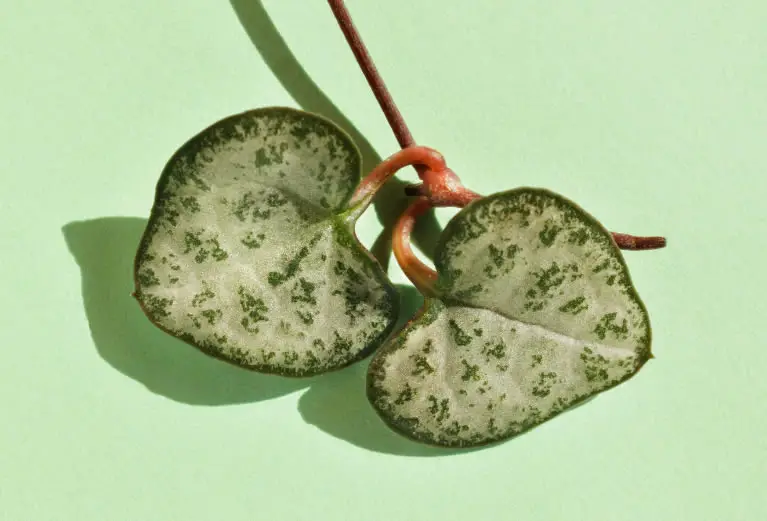
The String of Hearts is not just lovely—it’s also one of the easiest trailing houseplants to propagate. With its fast-growing stems, tubers, and soft roots, you can turn a single plant into several with minimal effort. Whether you prefer water, soil, or even rooting straight from its tiny aerial tubers, this guide covers every method to expand your collection.
Table of Contents
Why String of Hearts Is So Easy to Multiply
Native to southern Africa, Ceropegia woodii naturally spreads by sending out long vines that develop tubers along the nodes.
These tubers, combined with fast-rooting stems, make it incredibly propagation-friendly.
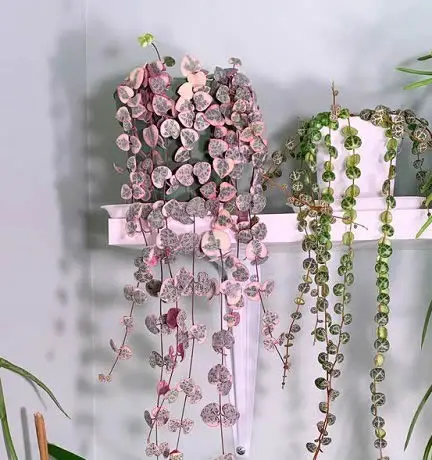
All the methods in this guide apply to every popular variety, including Classic, Variegated, Silver Glory, String of Spades, and Reverse Variegated types.
Stem Cuttings in Soil (Most Reliable Method)
This is the go-to method for most growers.
You can root multiple cuttings in a small pot to create a fuller look.
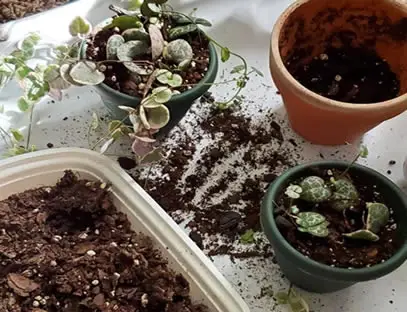
-
Select a healthy vine: Look for a 4–6 inch piece with several nodes.
-
Snip just below a node: Use clean scissors or pruning shears.
-
Remove the bottom leaves: This exposes the nodes for rooting.
-
Let it dry for a day: Not essential, but it helps reduce rot risk.
-
Plant directly into soil: Use a well-draining mix and press the nodes gently into the surface.
-
Keep lightly moist until roots develop, usually in 2–3 weeks.
Covering the pot with a humidity dome (or a loose plastic bag) can speed up rooting, as long as there’s airflow to prevent mold.
Water Propagation (Great for Beginners)
Water propagation is simple and lets you watch the roots grow in real time.
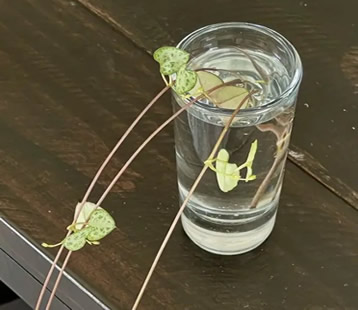
-
Prepare your cuttings as described above.
-
Place the cuttings in a glass jar with only the nodes submerged—leaves should stay above water.
-
Keep in bright, indirect light.
-
Change the water every few days to prevent bacterial buildup.
Bonus Tip: Add a few drops of diluted houseplant-safe fertilizer (like 2-7-7 like this one) to the water once a week to gently support root development.
Once roots are at least an inch long, transfer the cutting to soil and water lightly.
Tubers (Beads or Balls) for Easy Rooting
As the plant matures, small marble-like tubers often appear at the nodes.
These tubers can be rooted directly into soil and will grow into full plants on their own.
-
Place the tuber on moist soil while still attached to the vine, or snip and plant it separately.
-
Press it slightly into the surface, but don’t bury it.
-
Mist the soil regularly to maintain light moisture until roots form.
This method is ideal if you want to bulk up an existing pot or grow new plants from fallen beads.
Layering While Still Attached
One of the easiest ways to propagate String of Hearts is to root it in a second pot without detaching it first.
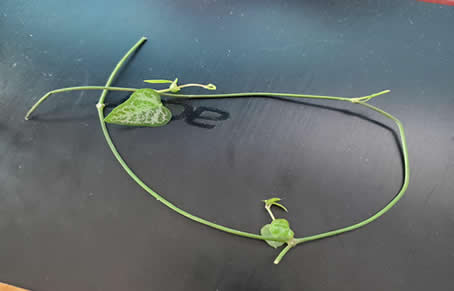
-
Place a small pot filled with moist soil next to the original plant.
-
Lay a vine across the surface and pin down a node with a hairpin or paperclip.
-
Keep the soil lightly moist and wait 2–4 weeks for roots to form.
-
Once rooted, snip the new plant from the parent and repot it if desired.
This is a no-fail method and works especially well when vines are long and trailing.
Outdoor Propagation Tips
In zones 10–12, String of Hearts can be propagated outdoors year-round.
-
Choose early spring through summer for the best rooting conditions.
-
Use hanging baskets or shallow containers in dappled shade or morning sun.
-
Avoid wet or humid weather during propagation—excess moisture can rot young roots.
In colder zones, start propagation indoors and transplant rooted cuttings outdoors when night temperatures stay above 55°F (13°C).
Common Issues and How to Avoid Them
Rotting cuttings – Usually caused by excess moisture.
Let cut ends dry, avoid soggy soil, and reduce humidity.
No root development – May be due to low light or cold conditions.
Move to a brighter spot and add warmth.
Mold on leaves or tubers – Happens in stagnant air or high humidity.
Improve airflow and avoid misting the foliage.
Droopy or shriveled leaves – Roots may have formed, but the plant hasn’t adjusted to soil yet.
Wait before watering again and give it more light.
Popular Varieties to Propagate
All String of Hearts varieties respond well to propagation methods listed above.
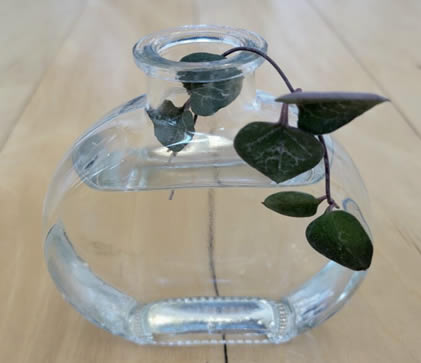
Here are the top types worth multiplying:
-
Classic – Green heart-shaped leaves with silver veining.
-
Variegated – Green, cream, and pink marbled foliage that intensifies in strong light.
-
Silver Glory – Silvery, nearly round leaves with a bold dark center.
-
String of Spades – Slimmer, pointed leaves with silver patterns.
-
Reverse Variegated – Uncommon and stunning, with light centers and green edges.
No matter which one you grow, it will root easily and look gorgeous draping from a shelf, basket, or trellis.
Final Thoughts
String of Hearts is a dream to propagate.
Its vines root readily in water, soil, or even straight from the tubers that form along its stems.
Whether you want to fill out an existing pot, share with friends, or start a whole new cascading display, propagation is fast, simple, and extremely rewarding.
Keep your light bright, your water gentle, and your cuttings dry before planting—and you’ll soon have a thriving network of living hearts.
Be sure to read our care guide String of Hearts Care: How to Grow Ceropegia woodii Indoors and Out for more detailed care instructions
Thanks for reading! I'm Michael — houseplant fanatic and your Pinterest plant guide.
Follow me on Pinterest for fresh updates 🌿



